At the top of the hill, the garrison and the inhabitants of the small Islamic fortress needed water, not least because the stream passes below, more than 300 meters away, down the steep slope. So a cistern was built. And it is this cistern that has just been unbumped and uncovered, 1000 years after its construction.
This was the main result of the archaeological excavation campaign that, for three weeks, has been taking place on the hill of the so-called Castelo de Alferce, in the heart of the Monchique mountains.
Fábio Capela, municipal archaeologist from the Monchique Chamber, is responsible for this intervention, within the scope of the project “From Recent Prehistory to Medieval Islamic: ancient human occupations in the Cerro do Castelo de Alferce”.
On Thursday, the day the Sul Informação he visited the works, was delighted by the news he had just received: “the president says that we can continue the excavations for another week! It's going to be the longest campaign we've ever done here, a whole month!».
From the cistern, over the past three weeks, "cars and wheelbarrows" came out loaded with earth. «It has been hard work, but very satisfactory», confesses Ricardo Rato, geographer of the Monchique Chamber who is, as Fábio Capela insists, «the only senior technician of the municipality who volunteers to come here to work with us».
Ricardo is in the deepest part of the cistern, 2,60 meters above the ground, removing stones and earth, which is then carried by the young volunteer Diogo Petreques in a wheelbarrow. “This land has to be sieved”, warns Fábio Capela.
Suddenly, Diogo gives a shout of satisfaction and shows a small ceramic fragment he discovered in the middle of the dark earth. "It's a piece of a wing from some container," he explains, confident of three weeks of hands-on learning. “We have found other ceramic fragments around here, but, in the cistern, it has been mostly tile fragments, probably from the vaulted roof that the cistern would have,” adds the archaeologist in charge.
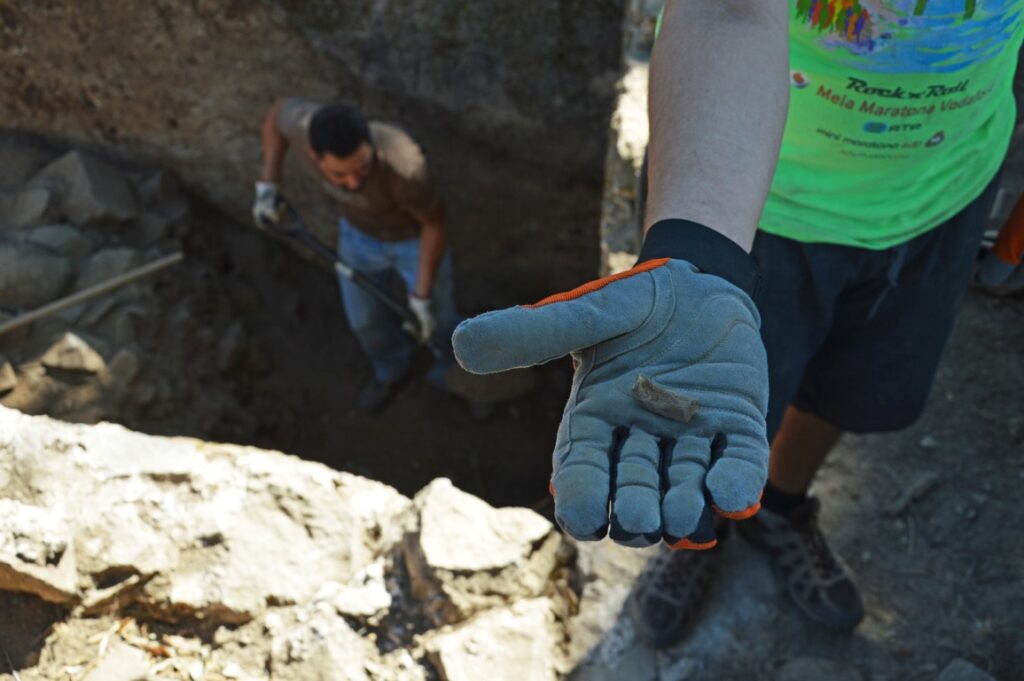
Fábio Capela is happy that, after two and a half weeks of excavations, they have managed to reach the bottom of the cistern, which seems to be covered by stone slabs, unlike the walls, which are made of mortar. «The vault that should cover this structure and would be formed by several arches would also be mortared. This cistern is quite similar to the one at Castelo dos Mouros, in Sintra», he explains.
The cistern is now mostly in sight, after centuries partially filled. On one side, four steps can be seen, also covered with mortar, which led to the bottom of the cistern, whenever it was necessary to clean it. "There should be more steps, two or three, all the way to the bottom, but for now, on this side, they're still covered."
In the middle of the morning, arrives the archeologist Susana Gomez, from the Archaeological Field of Mértola and the University of Évora – two of the entities that, along with the University of Algarve, the Monchique Council, the Alferce Parish Council and the Regional Directorate of Cultura collaborated in this archaeological research project, lasting four years. Susana Gomez descends the steps and enters the cistern to observe the walls in detail, where some drawings and symbols can be seen in graffiti.
The mid-morning light, as well as the shadows of the surrounding cork oaks, do not help to make out the shapes, but the archaeologist, squatting, talks with Fábio Capela about the possibility that there is something written in the fresh mortar there, that is, there are 1000 years when the work was finished. But, a few meters to the side, there is something that looks like a cross...
The research work will proceed with a 3D survey of the structure of the cistern and the «decal with tracing paper of the inscriptions». Perhaps this will give more light on graffiti.
But what most intrigues the archaeologist of the Municipality is an area of the cistern, where one can see that the wall was opened. "For what? What purpose? Did this happen when the cistern was decommissioned? And why was it disabled? Or would it be access to a water mine?». Fábio asks questions, which he hopes will be answered when he can expand the perimeter of the excavation, around the millenary cistern. «Something happened here and I would like to understand what it was».
Any archaeological dig is a wreck. Therefore, digging the cistern and then leaving it to the mercy of rain and wind, in winter, cannot be done. Fábio Capela stresses that “one of our great immediate challenges will be to find a way to cover the structure to protect it, until next summer and the next archaeological campaign”. To help study what can be done, a conservation and restoration technique that is part of the project's team will come to Alferce castle during these days.
Rui André, Mayor of Monchique and himself a great enthusiast of archeology and heritage, who in the meantime had arrived to find out about the progress of the work, gives some suggestions: «we can place a roof here in the shape of the roofs of the houses in Wood, almost to the ground, creating a channel around it for water drainage, in order to prevent them from entering».
Susana Gomez nods in agreement, but says: “don't forget that a cistern is made to collect water, everything is prepared for that. So keeping water out is going to be difficult». «It is certain that what is done will always be in articulation with the Regional Directorate of Culture», warns Fábio.
Further west of the cistern, there are two archaeologists - one of them is Andreia Campoa, who has been here in 2017 – digging in an open area for drilling. And there, too, the information obtained in three weeks of work makes the municipal archaeologist very happy.
In practice, the researchers opened a slice of land about two meters wide next to one of the old turrets of the less ancient precinct of the castle – from the Umayyad period, from the second half of the XNUMXth century -, removing tons of stones that should have been part of the wall and fell, «not by human action, but due to seismic activity», guarantees Fábio. «You can see that by the way the stones are arranged».
Below, in the innermost area, a section of the Umayyad wall appeared, very well constructed and with traces of the mortar that was used to plaster it.
About three or four meters away, on the outside, there were the remains of another outer wall, older – the ninth century – and made in a less perfect way.
Between both walls, the remains of another structure were found, perhaps a house, with a clay floor.
The two walls, according to what, in 2019, it was determined by geophysical prospecting, they are more or less parallel here. Excavations confirm this.
The Umayyad wall would then be plastered on the outside, with a layer 5 centimeters thick. The researchers have already collected samples of this material, as they did in the cistern, to be analyzed. The objective is to know the composition, but also to find out if the cistern and wall were built at the same height, using the same type of mortar.
But why tow the walls? Why not leave the stone in plain sight? Perhaps so that the fortress could be seen from a distance. “Perhaps the Umayyad power wanted to leave the mark of its military might not only by redesigning the enclosure, building the fortress wall on top of the previous structures, but also making it very visible in the landscape”, responds Fábio Capela.
It is already known that the dumps of the ancients make archaeologists happy. And here, at Alferce Castle, it was no exception. Next to the wall, on the outside, there was a «trash layer», which «gave a lot of fauna, namely the remains of fish, clams, as well as pig, cow, deer and rabbit bones. And a lot of coal, for the first time».
One of the members of the research team, who is precisely doing a PhD in the subject, was happy with the appearance of the remains of fish and clams. “Even his eyes shone when these traces began to appear”, recalls Fábio.
"We still don't know what species they are, but we assume they are from the sea, because here there are no rivers where you can fish." Looking from the top of the hill, through the branches of the cork oaks burned by the great fire of 2018, the sea shines in the background, far away. «Certainly they didn't eat fish every day. And it will be funny to know if, in the case of the clams, they are species that still exist and are consumed, or not».
These organic remains should then be subjected to radiometric dating to determine how old they are and to help archaeologists in their ongoing job of putting the puzzle pieces together. "Until now, our dating has been done only from materials."
But the sediments are also being analyzed by another researcher, in order to determine, for example, «what was the temperature at the time, what was the vegetation cover and other information in the context of archaeobotany».
“Our project is not just to uncover structures. We also want to know better the eating habits of the populations that were here, for example. Or what the landscape would be like, what fauna would roam these hills, what was cultivated or hunted, what was eaten».
In addition to bones, spines, shells, coals and sediments, some fragments of objects from different periods of the past have been found: an arrow, carved in flint, with a broken tip, part of a knife blade, also in flint, a fragment ceramic, coarse paste, with regular holes, which Fábio Capela assumes may be an ancestral cheese factory. Or the elegant handle of a candil, an Islamic lamp, in a clear ceramic paste, still with the remains of paint. Or even the tip of another lamp, also in clay, and the rim of a pot, “Omiad, typically from the XNUMXth century”.
«What has appeared the most are ceramics. We have bags full of them», explains Fábio. Bags and bags of pieces of tiles, the remains of lamps and other utensils, in the end fragments from which the researchers hope to reconstruct the past of Castelo de Alferce.
Susana Gomez, currently responsible for the Archaeological Field of Mértola, told the Sul Informação that this place is “a mine” for researchers. “It is a fundamental site from a scientific point of view. it is virgin and it is from a chronological period of which we know little. There are many questions, which can be extended to the entire South of Portugal, and here we may be able to find the answers», she explains enthusiastically.
For Fábio Capela, the “dream” is that the Municipality of Monchique will be able to buy the land that covers practically the entire top of the hill, where the Umayyad fortress is located. The owner is Mr. Diamantino, an elderly man, who Sul Informação, he even met in 2017, during another report on the site, and who is interested in selling.
“We had an official assessment carried out, because the Chamber cannot buy anything without this prior assessment. We will soon make a purchase proposal to the owner. Let's hope he accepts».
The point is that the land is part of a vast area of 2,5 hectares classified as a Site of Public Interest in 2013. «You cannot build here, nor, in practice, do anything here. But people always expect to receive more money…», admits the mayor.
Rui André added that Monchique City Council had an application of 200 thousand euros approved for the PADRE program (Action Plan for the Development of Endogenous Resources), to «value the archaeological site, place signs and information and create in Alferce, in the former Day Center, an Interpretive Center. Then, from there, a pedestrian discovery route will be created, passing through Barranco do Demo, to the hill of the castle».
While the project does not materialize, municipal archaeologist Fábio Capela hopes that at least the pandemic will slow down, so that, next summer, it can finally be created, with the two universities involved – Évora and Algarve – a field-school, which can host a large group of young archeology students. “This year we were only five, six people here. But we need more, because there is still a lot of work to be done!», he guarantees.
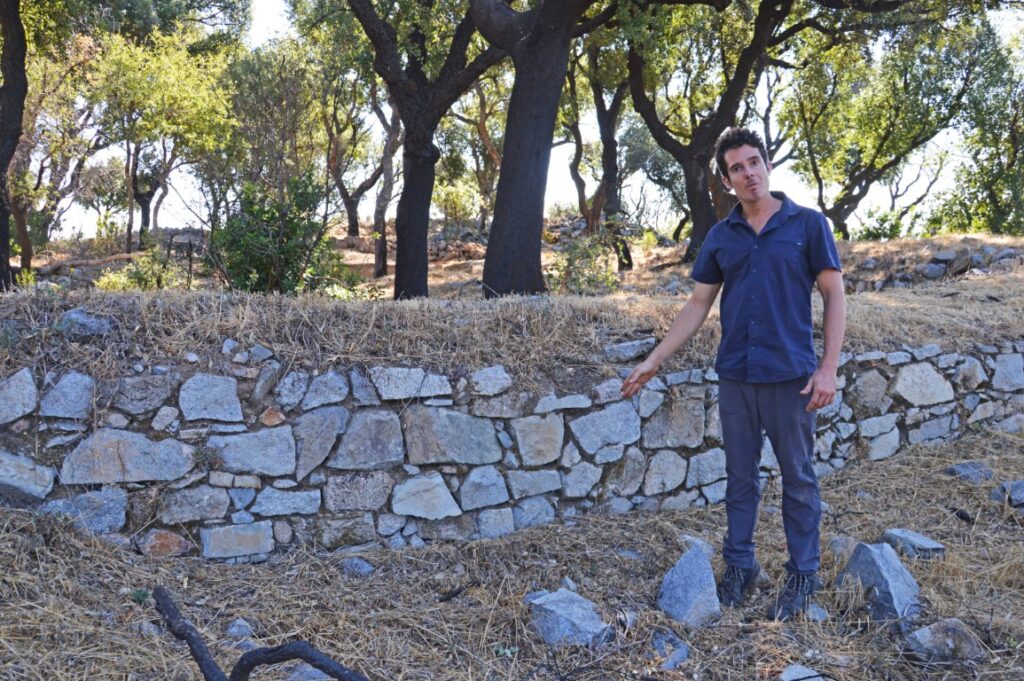
What is Alferce Castle?
Castelo de Alferce is a settlement with origins in the Bronze Age, or perhaps older, from the Chalcolithic (3rd and 2nd millennium BC, that is, between 5000 and 4000 years ago), which was later occupied in the Islamic period, between the XNUMXth-XNUMXth centuries, perhaps functioning as hisn (small fortified village), probably supporting the Castle of Silves.
What remains of the fortification, located on a hill with an immense view over Picota, the river basin of Ribeira de Odelouca and its dam, the roads between Silves and Monchique, and the coast, are sections of the walls, the base of turrets and the old cistern.
But don't expect great monumentality, because the prepared stone that the ancients used to build the walls was, over the centuries, taken by the population to their own constructions.
The fortified settlement of Cerro do Castelo de Alferce encloses an intramural area of approximately 9,1 hectares, comprising three non-concentric walled enclosures. The innermost enclosure, which must have been the last to be built, has a pentagonal shape. This fortified village would be the center of a military territory and a micro-region.
The so-called castle of Alferce «corresponds to the first of two fortified precincts that make up the Islamic fortification that crowns the hill and that, in the current state of knowledge, it can be deduced that it was built in the ninth century and was in operation until the eleventh century. ».
Photos of: Elisabete Rodrigues | Sul Informação
Help us to do the Sul Informação!
Contribute your donation so that we can continue to make your journal!
Click here to support us (Paypal)
Or use our IBAN PT50 0018 0003 38929600020 44
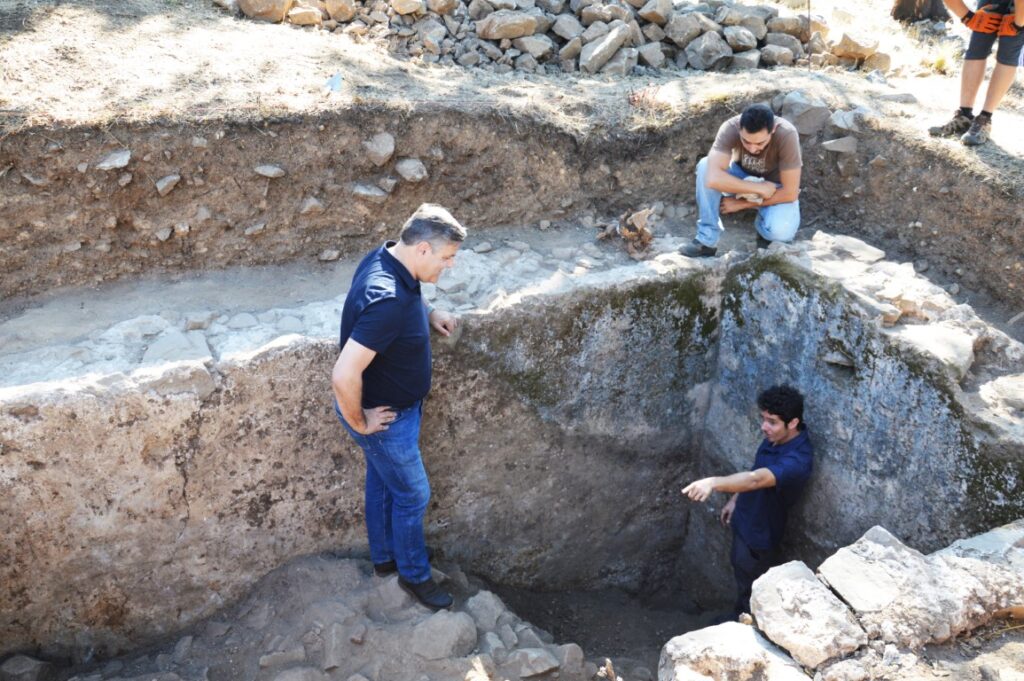
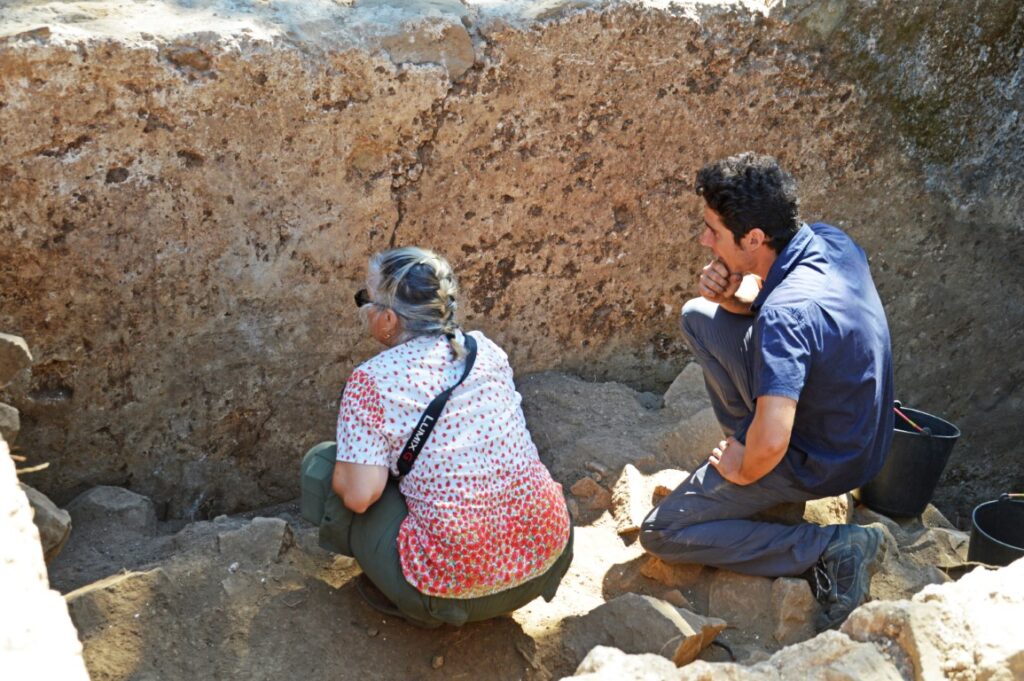
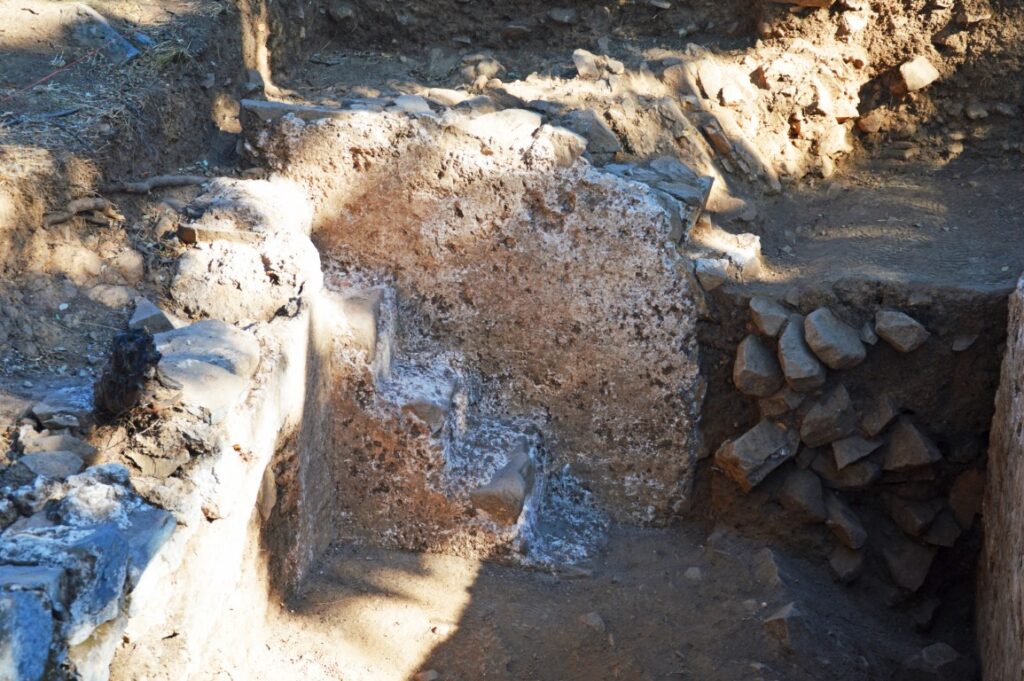
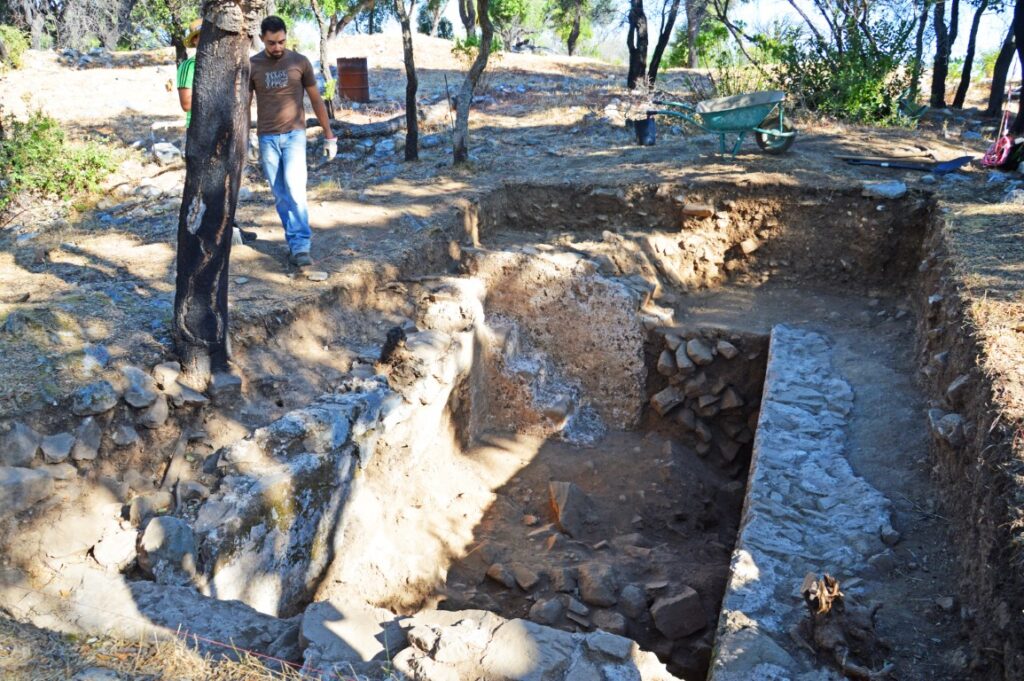
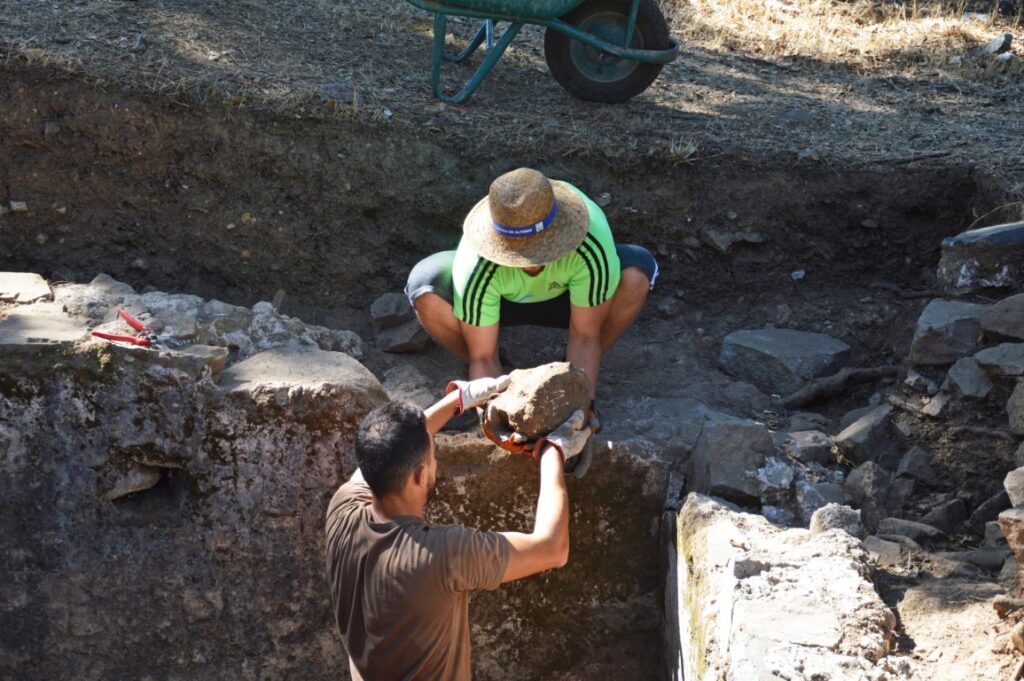
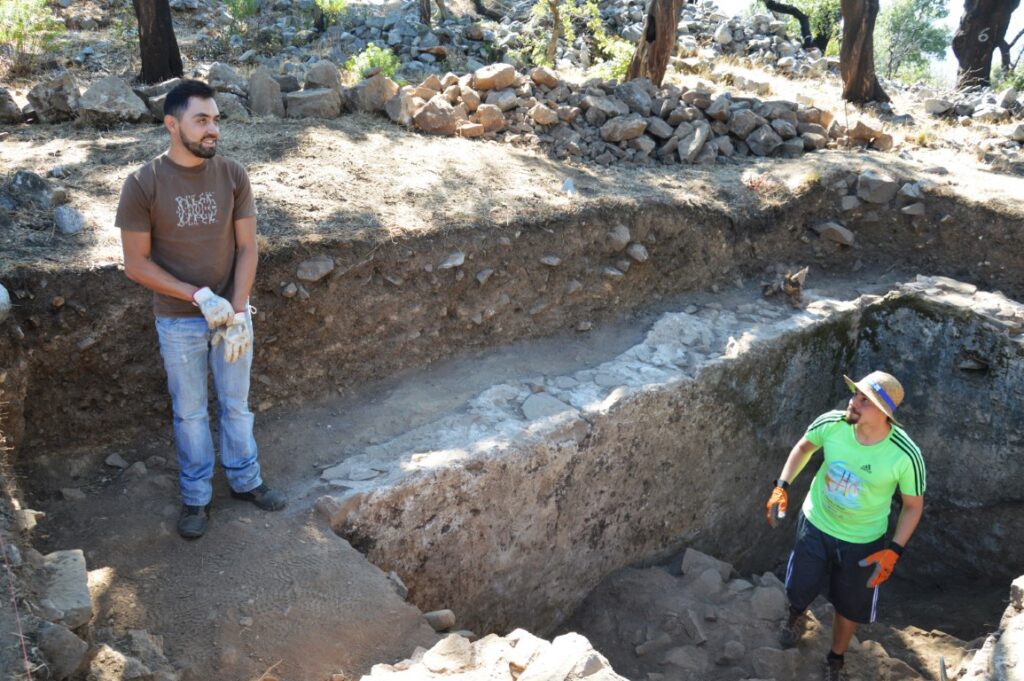
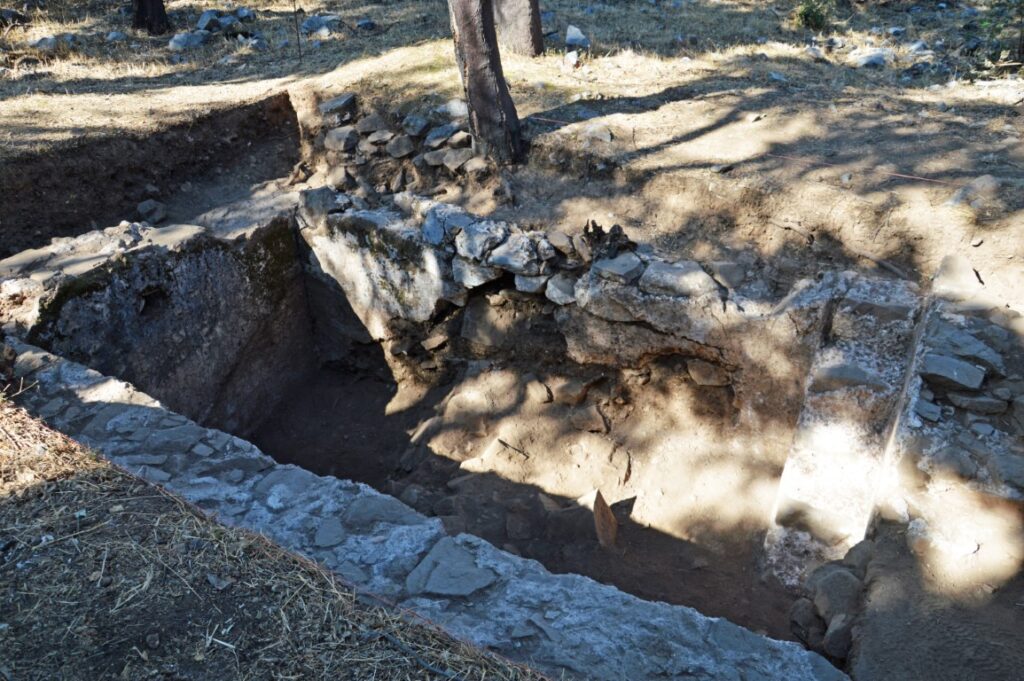
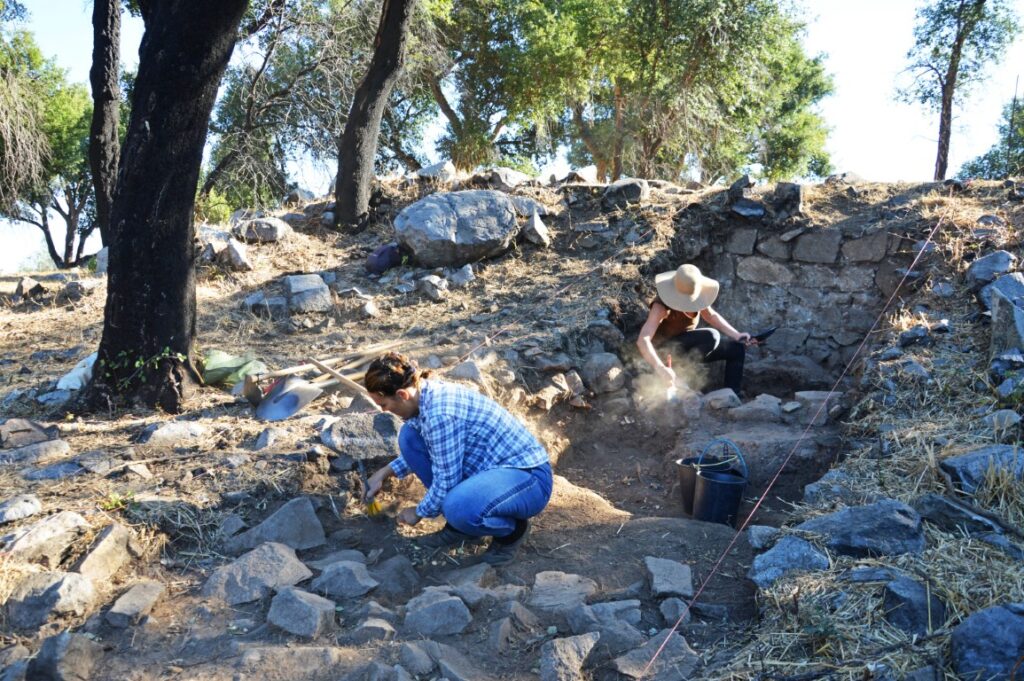
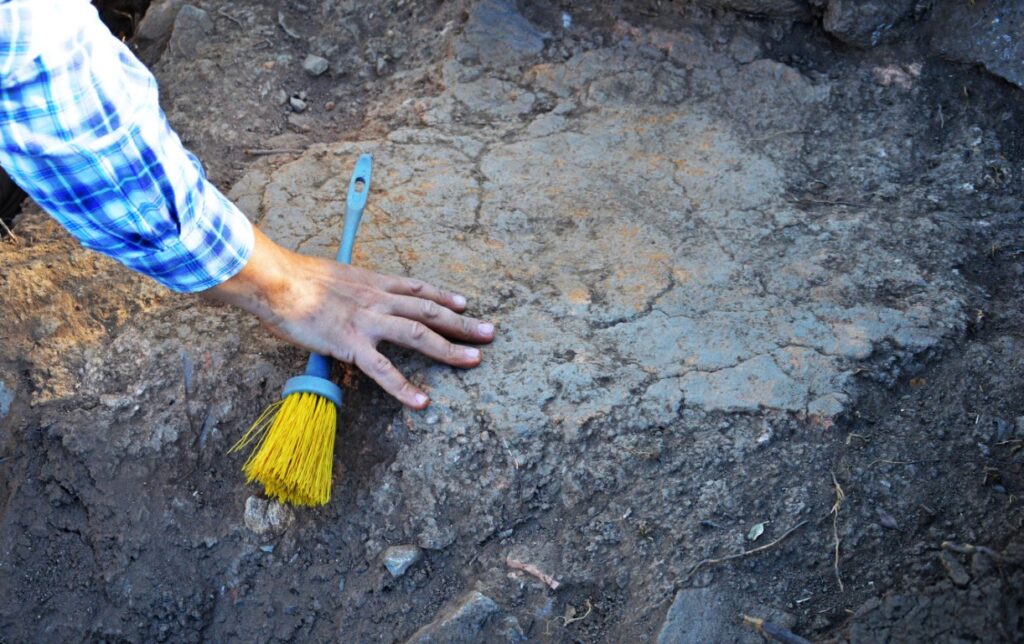
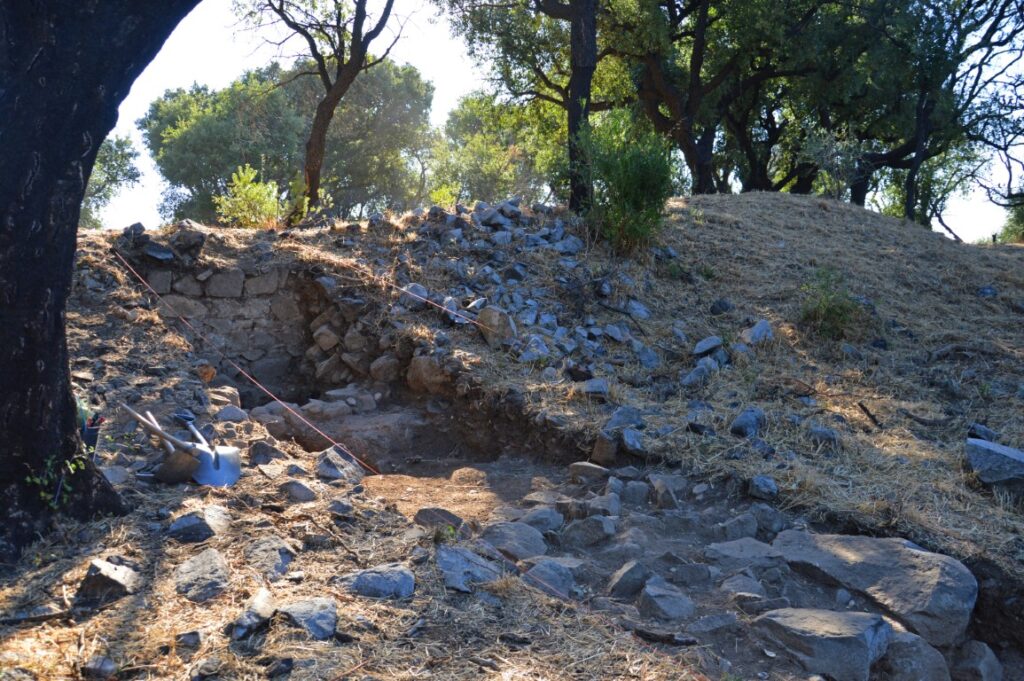
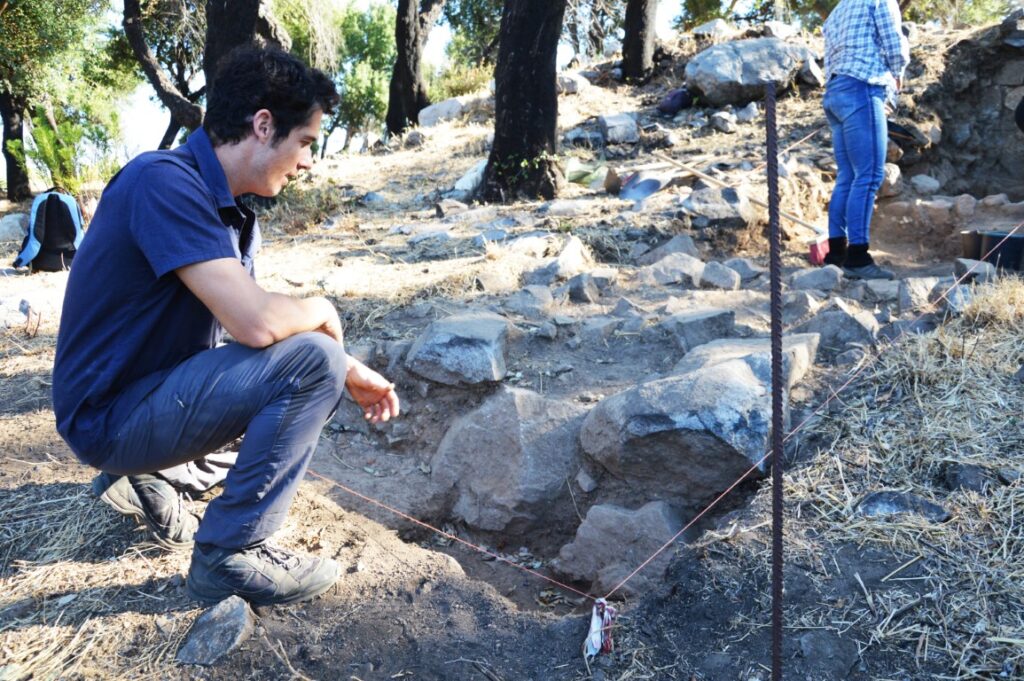
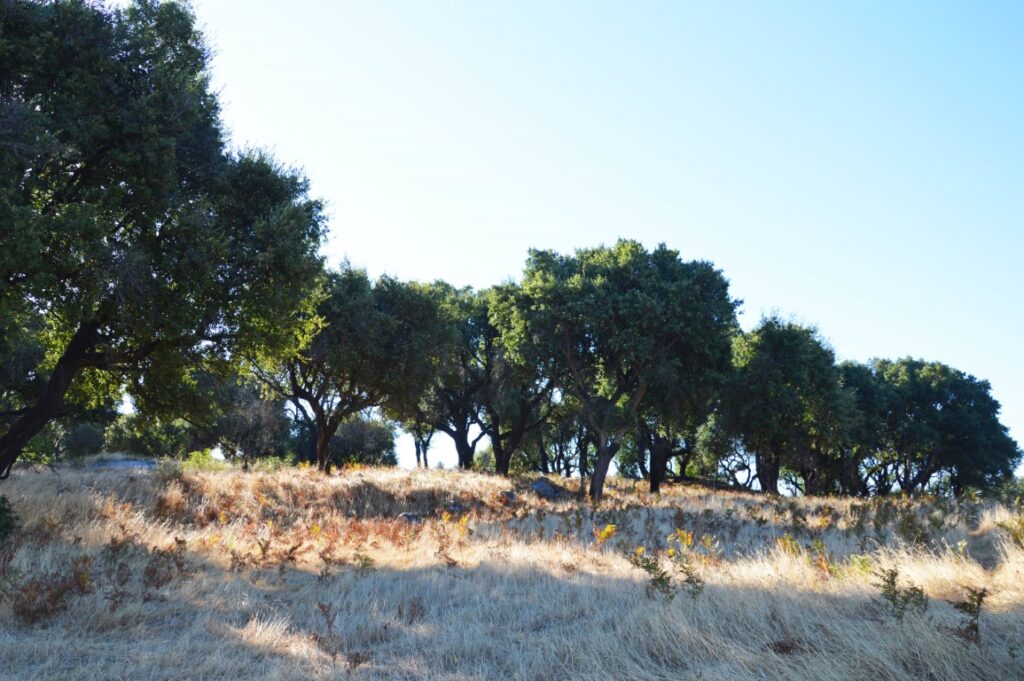
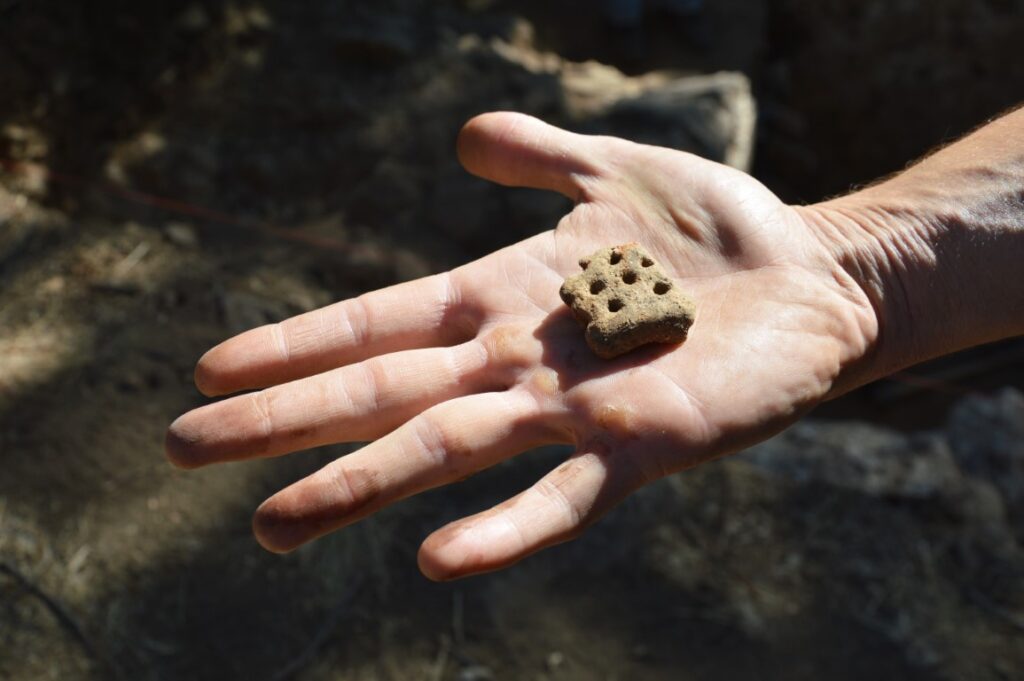
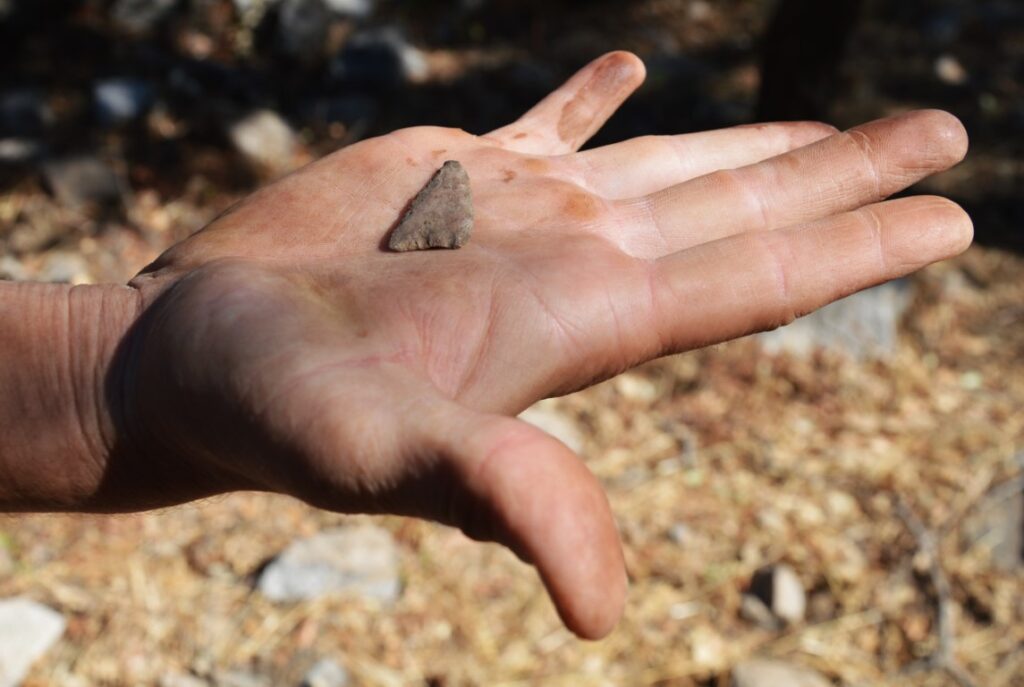
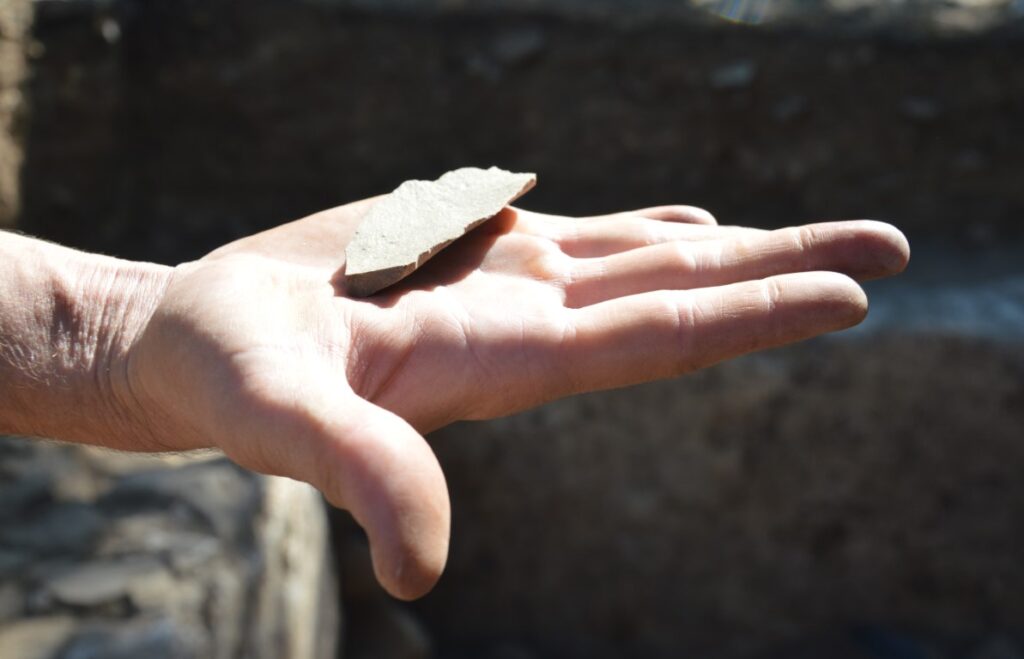
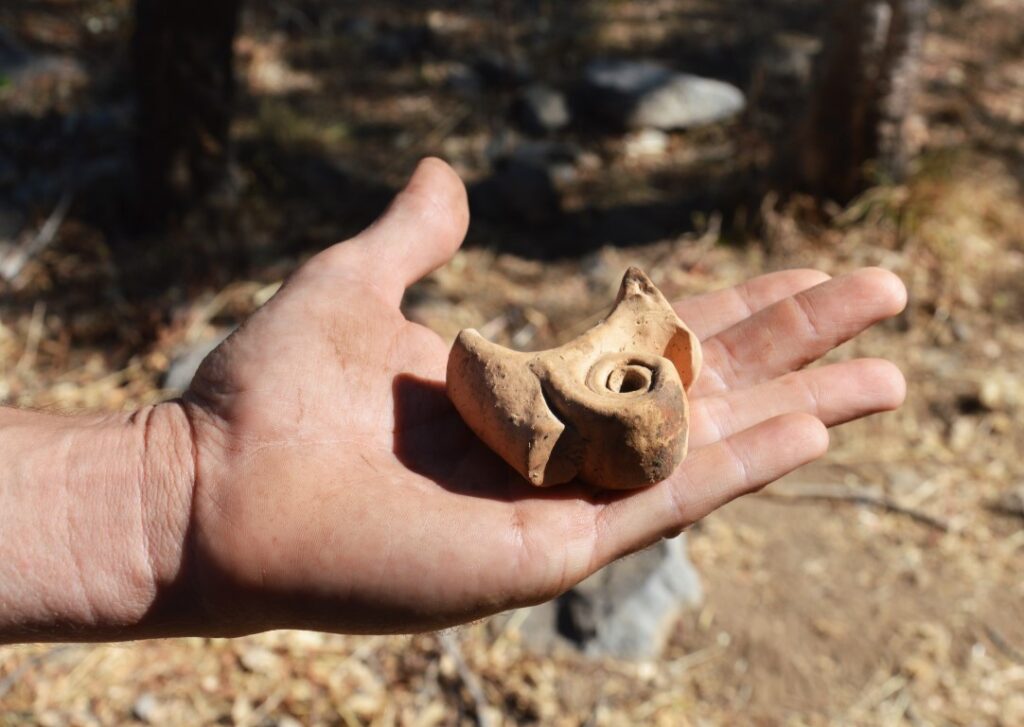
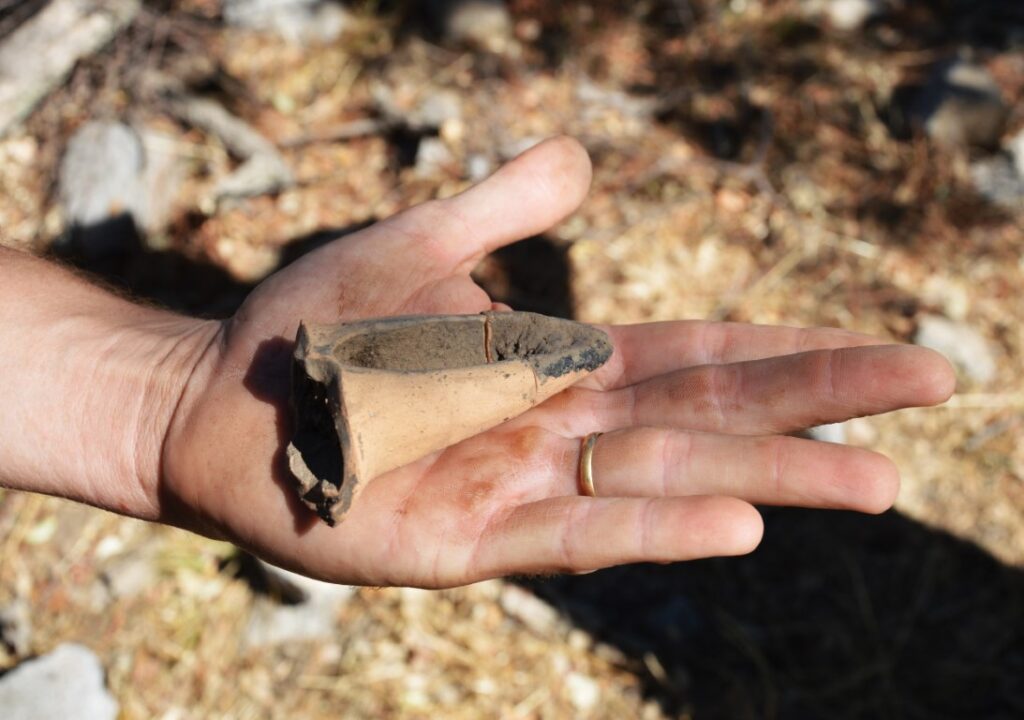
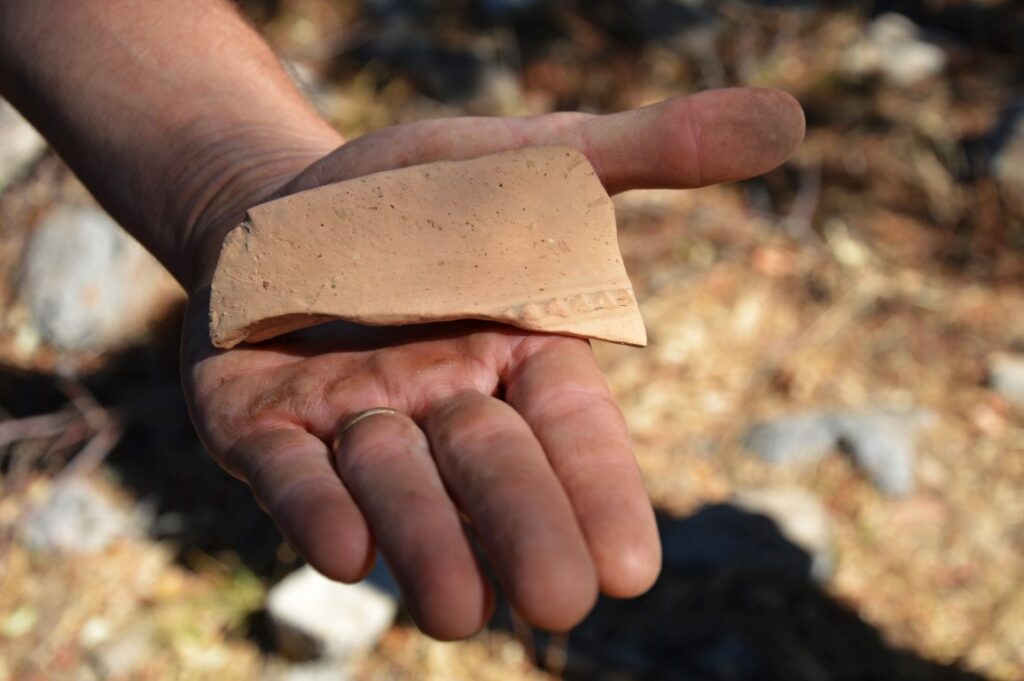
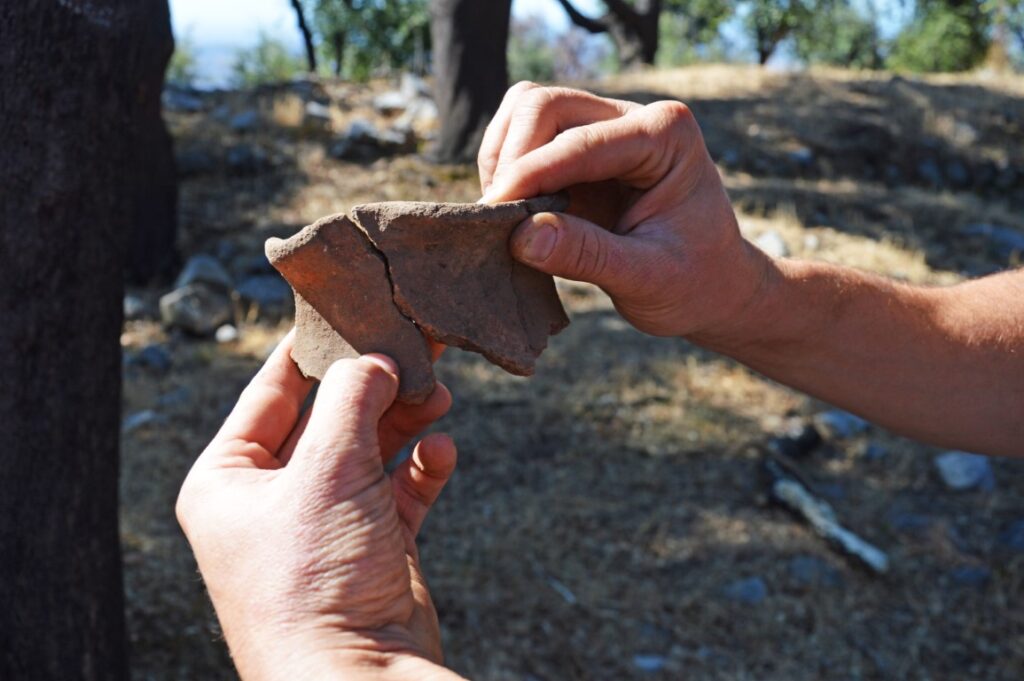
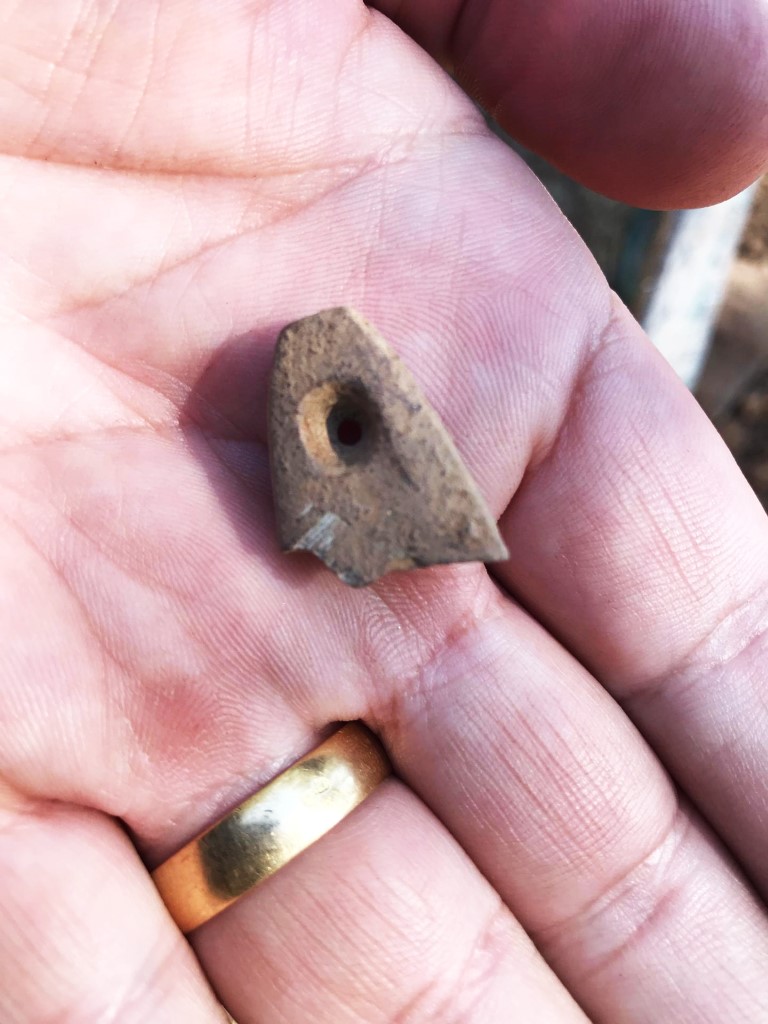


















Comments